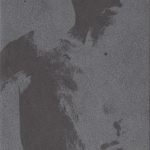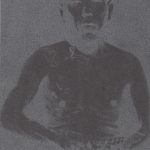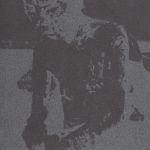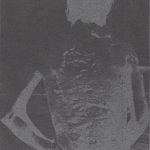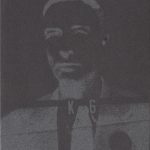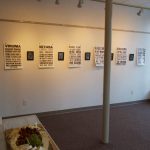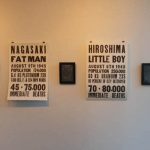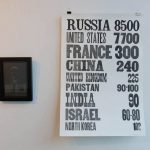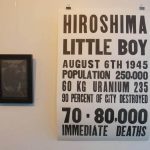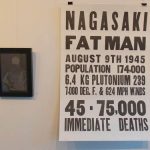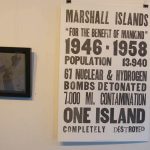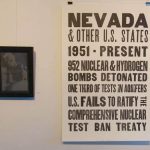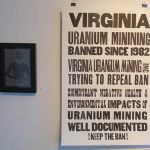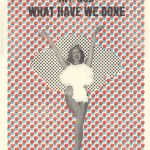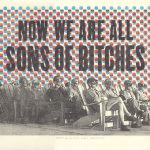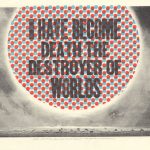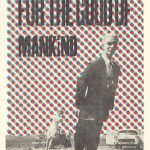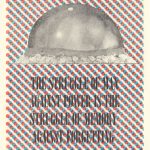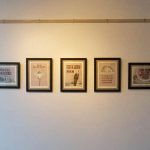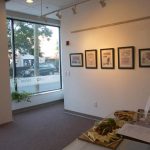WVTF Gallery in Charlottesville, Virginia. September 2013. Contact for purchase inquiries.
In these pieces, I seek to examine current and historical issues surrounding nuclear weapons, the atomic era, and military and scientific ethics.
My approach is to present facts as I gathered from research; numbers, measurements, quotations and photographs, documenting the atomic age, with an emphasis on the 1940s and 1950s. I find that there is an interesting comparison regarding the celebration of nuclear weapons and technology, and the destruction this technology causes, both in war and peace.
At one time heralded as exciting scientific progress, there was little caution in the development of this technology. I find similar themes surrounding scientific and technological innovation in our present day, and feel it is important to consider our steps as we continue to move forward. I suppose this work serves as a cautionary tale to unbridled scientific development.
The work, ranging from textual broadsides to multi-layered photographic halftones, also explores the mechanics of various printing processes to address the historical events of our nuclear era.
Using layers of letterpress printing, the Hibakusha works, which is the Japanese term for people that survived Hiroshima and Nagaski (translated as “explosion affected people”), I sought to print a quality reminiscent of old tin type photographs. The difficult graphic of skin neoplasms is still apparent, but the images take on a ghostly tinge as those that survived such destruction are pushed back further into history and serve less as a lesson to the present.
The broadside series uses wood type, and harkens to a time when broadsides were used to display information for public consumption. I felt that the graphic bold nature of the type lent the text the strength necessary for what it was communicating. At the same time, these ‘announcements’ may also reference the fact that it is questionable whether leaflets were dropped to the residents of Hiroshima before the bomb was dropped, to allow for civilian evacuation. I stove to keep the content of the broadsides limited to facts, so as not to pontificate. My desire is for the viewer to draw their own conclusions.
Finally, the “Red and Blues” combine photographs from the Atomic era with quotations primarily from people involved in the creation or use of those weapons. Referencing dot patterns that are used in offset printing techniques these dots mimick radioactive particulate matter falling from the sky on top of images of happy people celebrating various aspects of the atomic era.
